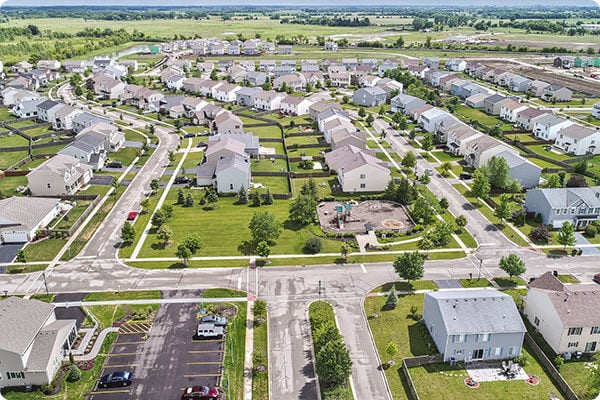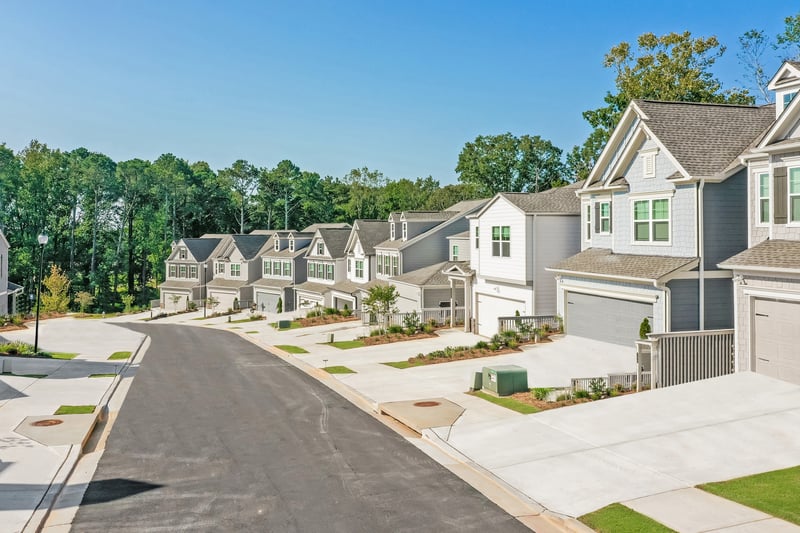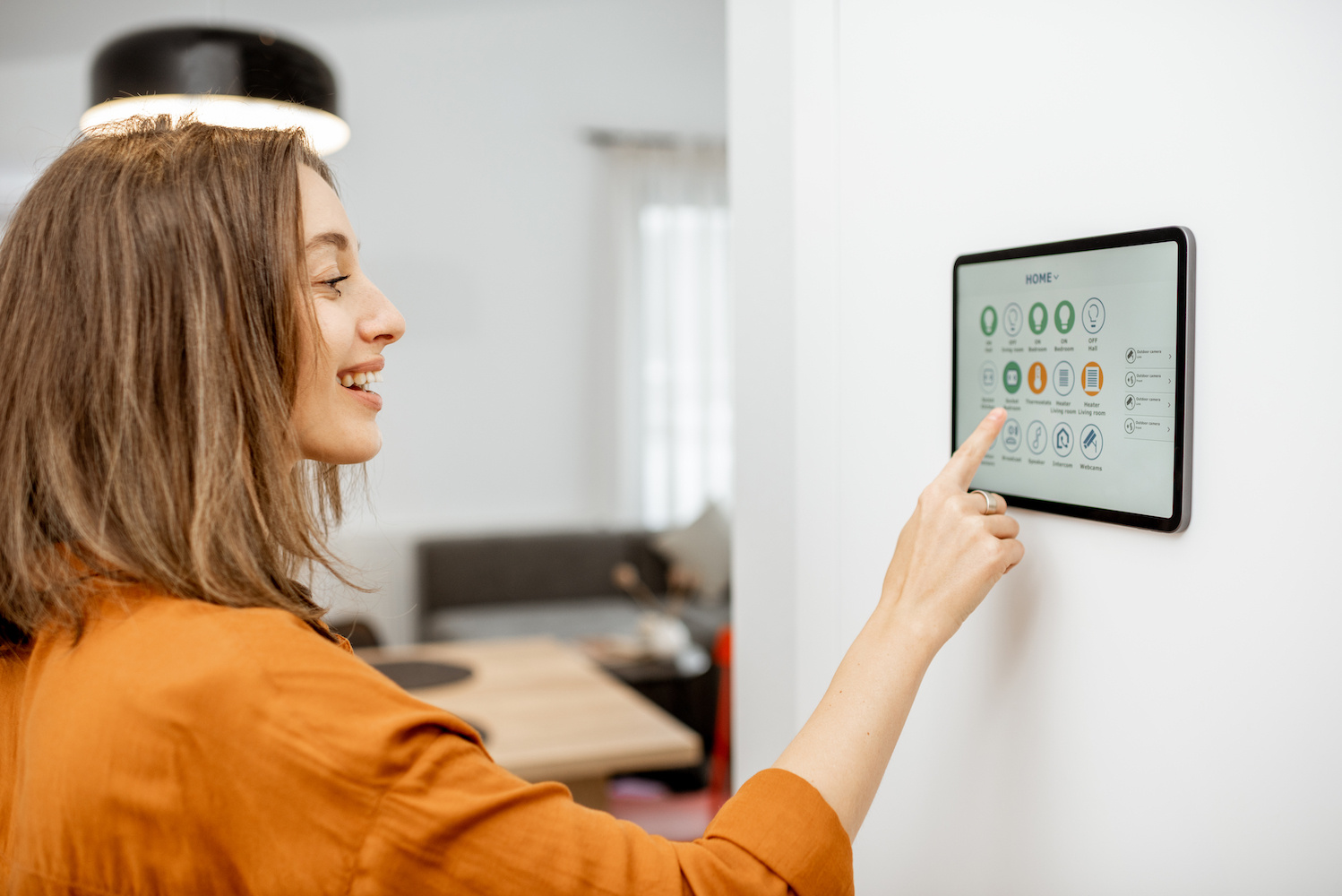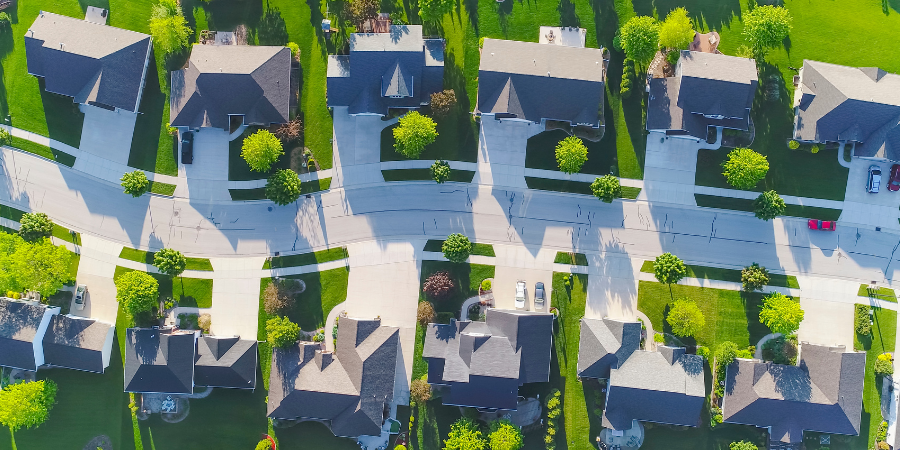Listen to the article
Build-to-Rent: Combining SFR and Multifamily Insights with Natalie Jones at RENU
[Tim Rose] I understand RENU is expanding its Build-to-Rent (BTR) capabilities. How does managing BTRs compare to scattered-site single-family rentals and multi-family rentals? Is it more similar to one? Can lessons from both be applied to BTR?
[Natalie Jones] Build-to-Rent really sits in the middle operationally - it borrows from both scattered-site SFR and multifamily, but it’s truly its own category.
We’ve been able to leverage the operational playbook we refined in the SFR sector: local boots on the ground across a wide footprint, supported by centralized systems and oversight. It’s a model built for scale - durable, distributed, and responsive.
From multifamily, we’ve drawn inspiration from site-specific branding and a more holistic approach to resident experience - thinking beyond the four walls of the home and into community-building.
But no matter the success seen from these legacy models, BTR requires its own infrastructure: leasing funnels built around flexible tour options, community-level marketing paired with house-level execution, and the persona of a local brand supported by full-scale property management.
It’s not a plug-and-play extension of either model. It takes its own playbook.

Photography by PlanOmatic
“It’s not a plug-and-play extension of either SFR or multifamily. It takes its own playbook.”
– Natalie Jones, RENU
What lessons have you learned about marketing and lease-up in BTR? Where does most lead traffic originate? Do you market individual homes or the entire community? What visual content best markets the homes?
One of the biggest lessons: you have to market both the community and the homes. You can’t choose one over the other - and the balance shifts depending on where the community is in its lease-up lifecycle.
In newly launched communities, marketing should focus on storytelling. With few (or no) neighbors yet onsite, we lead with a community-first approach - emphasizing the lifestyle, the area, and the long-term vision. Tools like branded landing pages, interactive maps, and virtual staging help prospects imagine what life could look like, even before move-ins begin. Once engaged, they should seamlessly transition into exploring the specs and availability of individual homes.
In stabilized BTR communities, we shift to a unit-first focus. At this stage, you can internalize the community’s reputation into the description of each listing, allowing for more efficient marketing by spotlighting specific homes rather than reselling the entire community with every vacancy.
While most of our lead traffic originates from national rental listing platforms, what converts those leads is a cohesive prospect journey - one that connects the story of the community with the details of the home and is supported by an automated, scalable follow-up sequence.
Effective BTR marketing needs:
-
A full suite of professional photography
-
Consistent curb appeal across the inventory
-
Self-tour integrations for easy conversion
-
Automated follow-up with clear next steps
-
And most importantly, a reason for the renter to believe this isn’t just another house, it’s a lifestyle upgrade.

Photography by PlanOmatic
"You have to market both the community and the homes. You can’t choose one over the other –it depends on the lease-up lifecycle."
– Natalie Jones, RENU
What trends are seen in renter preferences for BTR? Are specific amenities like clubhouses, pools, or dog parks popular? Why do renters choose BTR over scattered-site or multi-family?
Today’s BTR renter is looking for more home and more lifestyle for their money, and amenities are part of what makes that possible. Compared to what they could access in a traditional rental or via ownership, BTR homes often come with extras that feel aspirational but still attainable: more space, more privacy, and shared features that enhance everyday life without adding responsibility.
Popular amenities right now aren’t over-the-top. In fact, we’ve seen the highest engagement with:
-
Walking trails and greenways
-
Pavilion-style pools that double as social spaces
-
Small dog parks or fenced private yards
.png?height=420&name=Natalie%20Jones%201200x380%20(1).png)
.png)




